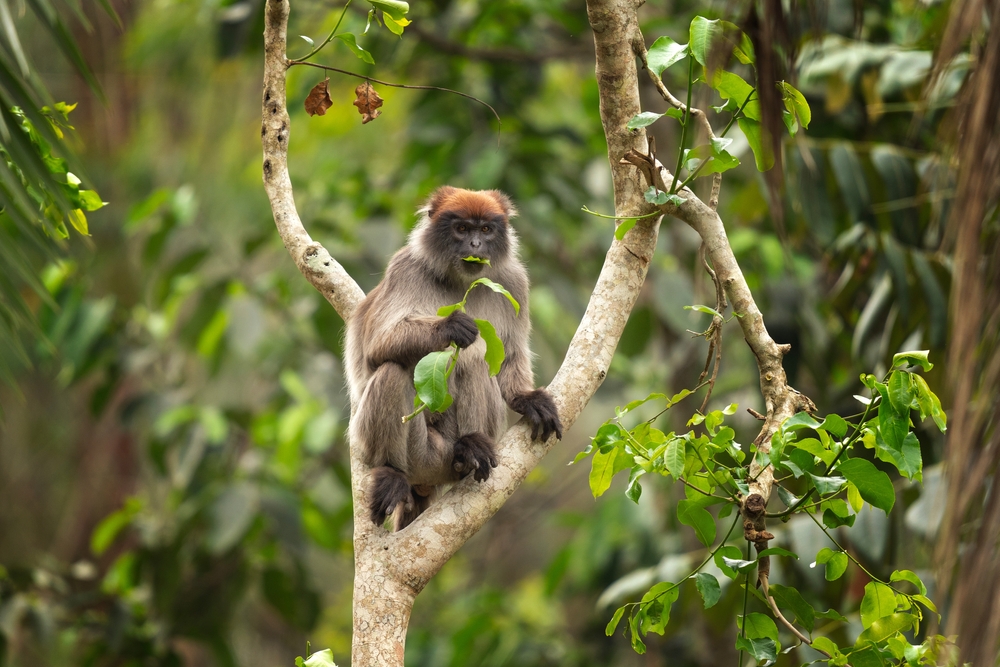Salonga Overview
Salonga National Park, locally known as Parc National de la Salonga, is the largest tropical rainforest reserve in Africa and a UNESCO World Heritage Site. Located in the heart of the Democratic Republic of Congo, the park spans an impressive 36,000 square kilometers (13,900 square miles) across the provinces of Tshuapa, Mai-Ndombe, and Sankuru. This remote and pristine wilderness, accessible only by river, is a crucial sanctuary for globally significant biodiversity and an essential component of the Congo Basin’s ecosystem.
The park is characterized by its vast lowland rainforests, interwoven with rivers, swamps, and floodplains. Its dense canopy shelters countless species, many of which are endemic or endangered. While Salonga lacks towering mountains or iconic waterfalls, its labyrinth of rivers and wetlands provides a lifeline for its diverse flora and fauna and supports the livelihoods of surrounding communities.
Salonga is world-renowned as a stronghold for the critically endangered bonobo (Pan paniscus), a great ape found only in the Congo Basin. These intelligent primates, closely related to humans, thrive in the park’s undisturbed forests. The park is also home to other remarkable species, including the forest elephant, Congo peafowl (Afropavo congensis), giant pangolin, and bongo antelope. Predators like the elusive leopard roam the park’s shadowy undergrowth, while smaller mammals such as duikers and aardvarks contribute to its ecological richness.
Birdlife in Salonga National Park is equally impressive, with species such as the African grey parrot, great blue turaco, and hornbills gracing its canopy. Raptors like the crowned eagle and harrier-hawk are common sights, while migratory birds enhance the park’s avian diversity during certain seasons.
Salonga’s vegetation is dominated by dense rainforest, featuring towering trees such as mahoganies, ebonies, and irokos. The forest floor is carpeted with a lush understory of ferns, orchids, and lianas, creating a complex and vibrant ecosystem. The park’s wetlands and floodplains add to its habitat diversity, supporting aquatic plants and providing crucial resources for wildlife.
Salonga National Park is a beacon of conservation in the Congo Basin, but it faces significant challenges. Threats such as poaching, illegal fishing, and habitat destruction have put pressure on its delicate ecosystems. Conservation efforts, led by the Congolese Institute for Nature Conservation (ICCN) and international partners, include anti-poaching patrols, community engagement programs, and habitat restoration projects. The park’s designation as a UNESCO World Heritage Site underscores its global significance and the need for its preservation.
Access to Salonga National Park is limited due to its remote location, but this isolation has helped maintain its pristine condition. Visitors who venture into this wilderness can experience guided boat tours along its winding rivers, observe wildlife in its natural habitat, and immerse themselves in the tranquility of the rainforest. The park’s untouched beauty and rich biodiversity offer an unparalleled opportunity for exploration and connection with nature.
In summary, Salonga National Park is a vital part of the Congo Basin’s ecological and cultural heritage. Its immense size, rare species, and conservation importance make it a treasure of global significance.
















































































